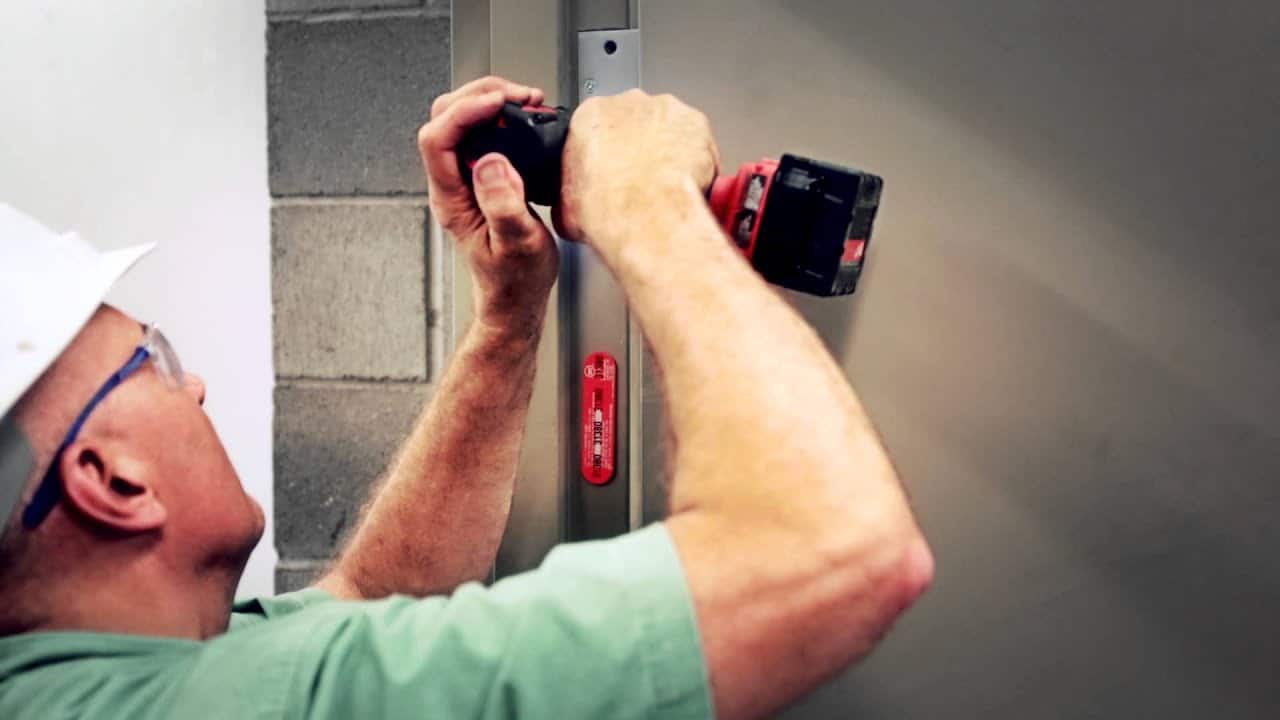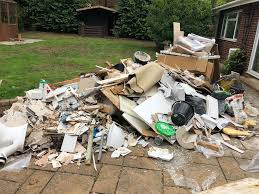As the world becomes more environmentally conscious, sustainability in student housing construction has become increasingly important. Developers are now seeking ways to incorporate green practices in their projects to reduce environmental impact. Developers can create environmentally friendly and cost-effective student housing properties with the right strategies.
Using materials that are friendlier to the environment is one approach to include sustainability in the building of student housing. Recycled steel, bamboo, and straw bale are materials that can be used in construction that have a low impact on the surrounding environment. These materials can minimize the building’s overall carbon footprint because they are renewable.
Using systems that are efficient in terms of energy consumption is yet another approach that may be taken in the development of sustainable student housing. LED lighting, energy-efficient heating, ventilation, air conditioning (HVAC) systems, and solar panel installations for renewable energy are all options for builders. These technologies can cut the building’s overall energy usage, which can help tenants save money on their utility bills.
A more sustainable future will be possible thanks to the leadership of industry experts such as Patrick Patrick Nelson, who will inspire more developers to adopt these methods and contribute to a more environmentally friendly future.
Water conservation is another essential component of environmentally responsible building practices for student housing. Rainwater harvesting systems, low-flow showerheads and faucets, and dual-flush toilets are some water-saving features that builders can implement into new construction projects. These practices have the potential to assist in minimizing the amount of water used in the building, which will contribute to an environment that is more sustainable.
In addition to these practices, developers can incorporate green spaces in their student housing properties. Rooftop, vertical, and community gardens can help reduce the heat island effect, improve air quality, and provide green spaces for students to enjoy.
In conclusion, incorporating sustainability in student housing construction is essential to modern development. Developers can create sustainable and cost-effective student housing properties by using eco-friendly materials, energy-efficient systems, water conservation practices, and green spaces. Click here Patrick Nelson.



